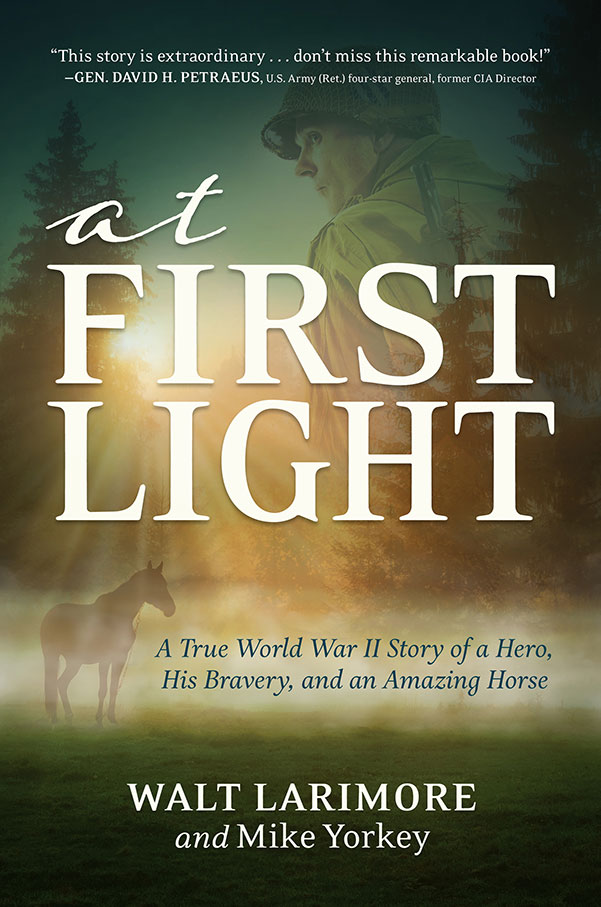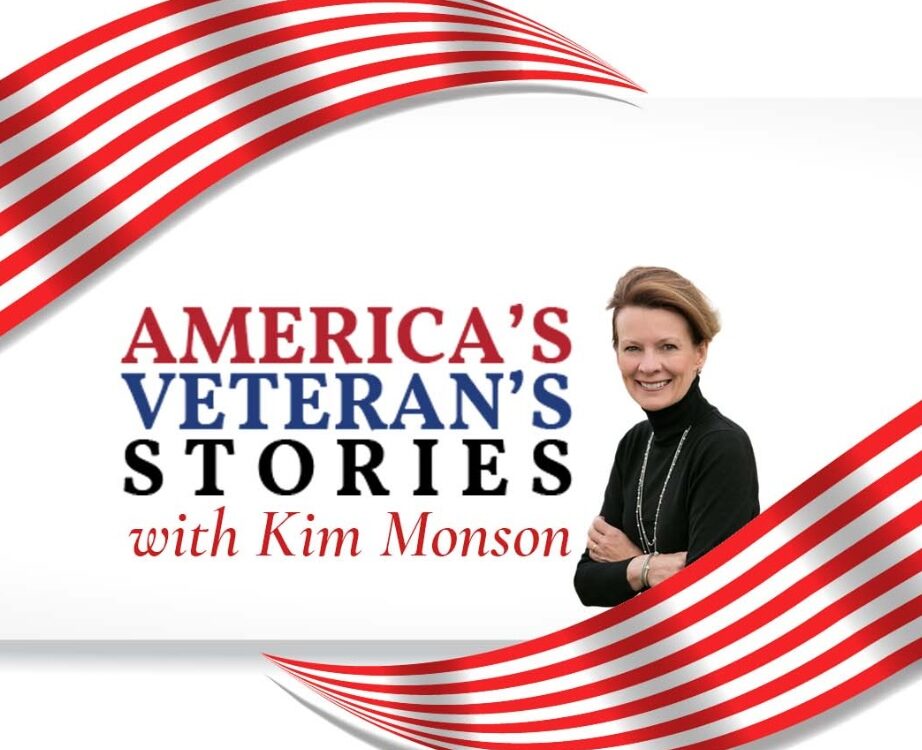
March 14, 1944 – Skirmishes increase on the Anzio front line
March 14, 2024
March 16, 1944 – Baptism by fire (Part 2)
March 16, 2024“In every battle, the last one hundred yards of the fight belongs to the Infantry. Armed with rifle and bayonet, Infantrymen must face and defeat the enemies of our nation.”
—National Infantry Museum, Fort Benning, Georgia

The night of March 15, 1944, found Phil and one of his squads attached to Company L under Captain Robert B. Pridgen, a twenty-eight-year-old officer from Henderson, North Carolina, who had joined the regiment only a few days before. Ross Calvert was serving as his executive officer.
Throughout this period, there were nightly actions around the scattered homes that had housed farm families using Mussolini’s fascist farm model. The Italian dictator had built hundreds of modern (in the Italian manner) thick-walled stone farmhouses that were spread across the landscape and were all alike, except for color. Each house was given a number—1, 2, 3, and so on—by the Allies on neatly marked air photos and maps.
The Germans had converted these stone houses into fortified strong-points. Bunkers were dug into the floors, so if a house was destroyed by tanks, tank destroyers (TDs),[1] artillery, or mortar fire, the debris fell on top of the bunkers. This strategy increased camouflage and significantly strengthened the German defense.
Phil’s company received orders to take over Houses 5 and 6 in the middle of the night, relieving the 509th Parachute Infantry Regiment, which had captured them at the cost of fifty-three casualties, effectively advancing the front by 500 yards. Unfortunately, the decision was also made to have the 509th abandon the houses and then have Company L move in.
Captain Pridgen vehemently disagreed with the tactic because he didn’t think it would be wise to leave the houses vacated for even one moment. Orders were orders, however. As the last man from the 509th crossed the main line of resistance (MLR), Captain Pridgen looked at his radio operator, PFC Adam Malinowski.
“Ready?” he asked. “We need to get up to those stone houses pronto.”
The two men dashed across a hundred yards of no man’s land, under continuing mortar and small arms fire, determined to get into the pair of homes as soon as possible. They covered the distance in less than thirty seconds and took possession of House 6.
At the MLR, Phil lay beside Calvert. Staff Sergeant James A. Light, Calvert’s communications sergeant, on the other side, listened to the transmission from the house. “Lieutenant,” he said to Phil, “Captain wants four of us up with him immediately.”
“I’m in,” Phil said. First Lieutenant Boris A. Hicks, one of Pridgen’s platoon leaders, nodded his assent as well.
“Phil, you don’t need to go up,” Ross said, “Just make sure we have the ammo we need. I’ll go.”
A wry smile etched Phil’s face. “What? And let you have all the fun?”
“Okay, you win,” Ross replied. Then, turning to Sergeant Light, he issued an order: “Tell the men to provide cover fire and fill in the ditches behind us.”
The three men then followed Calvert as they sprinted in a hunched-over position toward House 6, following a canal. The company provided intense protective fire, which afforded barely enough light for the men to see their way forward.
As the rest of Company L moved up behind them, the Germans fired illuminating flares, followed by relentless mortar fire. When a second wave of American firepower gave them an opening, Phil and the three men sprinted into House 6 and took cover.
Then the Germans counterattacked, supported by machine gun, mortar, tank, and artillery fire. Phil peeked around a windowsill and saw a dozen German soldiers swarm and enter House 5, which was empty.
“The Krauts took 5 again,” Phil announced.
“Damn!” Captain Pridgen yelled above the din of gunfire. “Why’d the sonsabitches have the five-oh-nine withdraw? Now we’ve gotta retake 5.”
Pridgen called attack instructions to the platoons coming up the canal. Then he, Phil, and their fellow soldiers at House 6 each took a window and
began firing at the enemy.
Phil caught glimpses of Germans crawling toward House 6. They couldn’t have been more than twenty-five yards away.
“Damn! They’re moving up quickly!” he barked. Just then, several Kraut soldiers rolled on their backs, pulled the pins on their potato-masher hand grenades in unison, and began lofting them at the house.
“Grenades!” Phil shouted as the men ducked. The explosions shook the ground. The fight had just ramped up several notches.
Twice the attackers were repulsed as Captain Pridgen, Phil, Ross, and radioman Adam Malinowski engaged the enemy from the windows of House 6 with Garands, carbines, and grenades, supported by mortars and small arms fire from the company. During their third attack, German soldiers gained positions near a corner of the house and began throwing potato mashers in even greater numbers.
“Cover me!” Pridgen shouted.
“What the hell are you planning?” Phil hollered.
“We need to shut these assholes up!” Pridgen shouted.
Under suppressive fire from Phil and the other men in the house, Pridgen jumped out of a lower window to the ground and crawled around the house to within ten yards of the enemy. He tossed several grenades and employed carbine fire, killing three Germans and wounding several others. When the remaining soldiers ran for their lives, Phil and Ross took a bead on the fleeing men. Even in the darkness, they picked them off one at a time like they were shooting moving targets at the county fair when they were kids.
The air grew strangely quiet. Phil heard Pridgen’s footsteps as he ran back to the house and leaped through the window. The captain spoke into the radio, “Company L has House 6 conclusively. Now we’re going after 5.”[2]
(to be continued)
[1] A tank destroyer is an armored fighting vehicle armed with a direct-fire artillery gun designed
specifically to engage and destroy enemy tanks. For the U.S. in World War II, the M18 Hellcat was the
fastest and most effective fighting vehicle, having a higher kill-to-loss ratio than any other tank or tank
destroyer.
[2] From: At First Light: A True World War II Story of a Hero, His Bravery, and an Amazing Horse, Chapter 17, “Baptism Under Fire.”
In case you haven’t read or listened to Dad’s book, you can learn more or order it here.
© Copyright WLL, INC. 2024.




